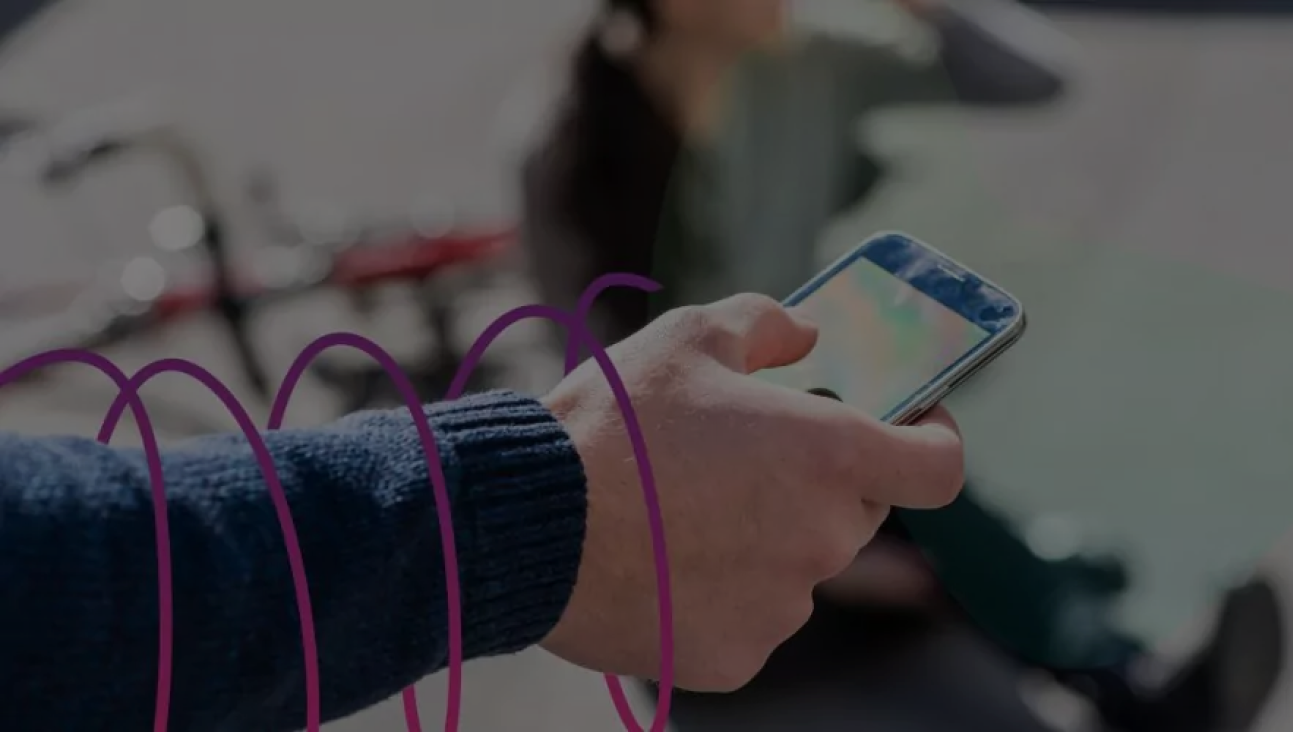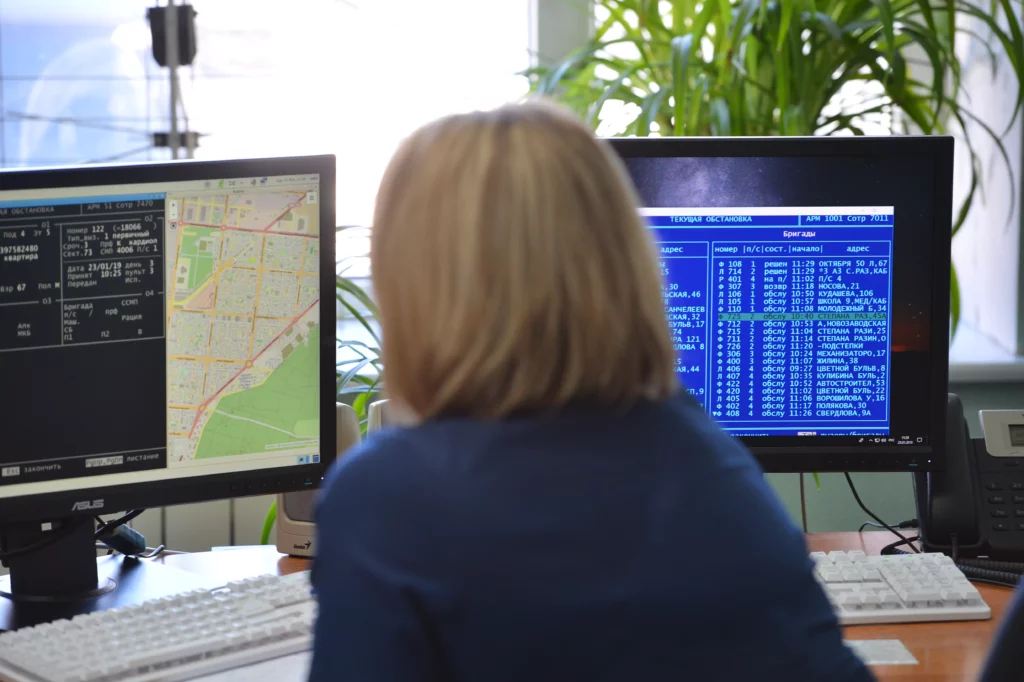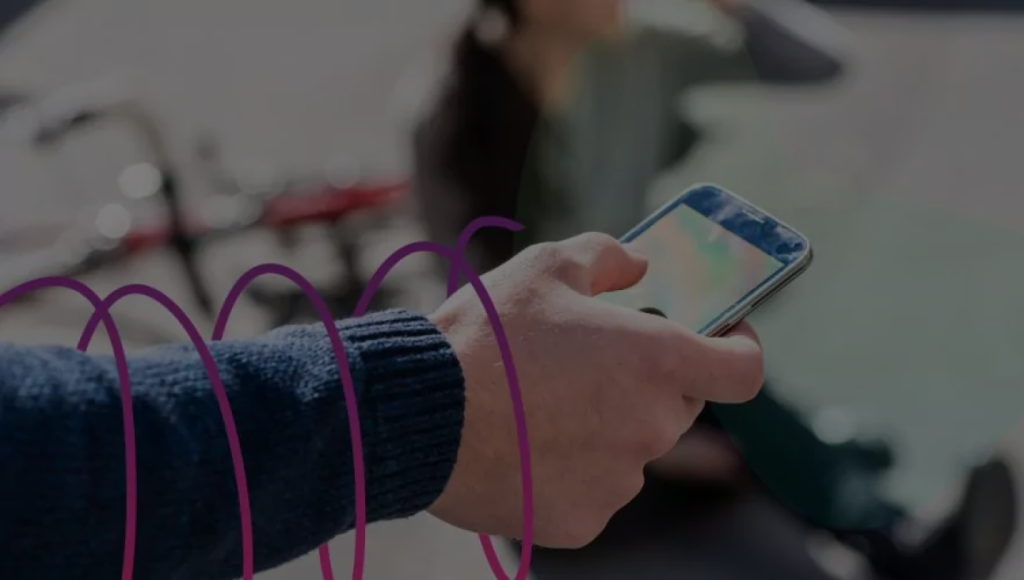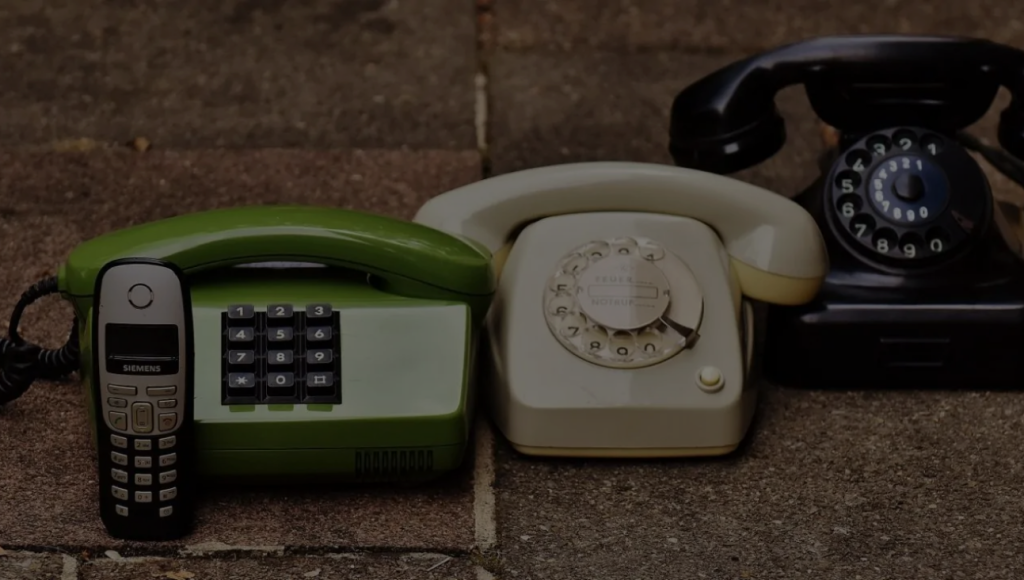VoIP and Emergency Calls Worldwide
Most countries have a system in place for emergency calls, and many VoIP services now have features to accommodate them. Although they may use 911, 112, 999, or a different country-specific number, the goal of each emergency calling system is to dispatch emergency services when required.
The United States: VoIP and 911
The FCC has mandated that all VoIPs providing interconnected services using a PSTN meet the enhanced 911 (E911) requirements. The E911 requirements dictate that all multi-line phone numbers should provide dispatchers with the information they need to accurately send first responders to the location.
Additional requirements include:
- • 911 services are a mandatory requirement
- • Physical location must be obtained prior to activation
- • 911 calls must be routed appropriately based on the caller’s location
- • Make sure customers understand any possible limitations with emergency calling and document customer acknowledgment
Any VoIP provider that is not interconnected with a public network is exempt from these rules.
The FCC also advises VoIP customers to be aware of inherent limitations of the technology, such as power outages and Internet downtimes. Services may not be available at all, especially if using a provider that does not have a PSTN fallback in place.
The United Kingdom: VoIP and 999
The U.K. offers 999 and has similar requirements for its emergency calling system as the U.S. Official policy states that type 4 VoIP providers are obligated to allow 999 calls. Dispatchable information must be transmitted to first responders.
What is a type 4 VoIP provider? These providers allow users to make and receive calls from traditional fixed phones or mobile phones. This interconnection necessitates allowing customers to reach 999 as consumers will expect it to work in a life-or-death situation.
Ofcom, the U.K. organization responsible for telecommunications, is also implementing a compliance monitoring system to enforce these regulations. This monitoring system will streamline compliance checks to make sure all VoIP providers equip customers with the services they need.
The organization is currently evaluating the effectiveness of current policies, especially as the country moves away from traditional landlines. The purpose of the 999 regulations is to make sure all U.K residents have access to emergency services when using VoIP services.
In addition to similar rules in the U.S., Ofcom is also considering enforcing battery backup policies and other measures to improve the reliability of VoIP services in emergency situations.
The European Union: VoIP and 112
The EU offers 112 for emergency services and recently launched Next Gen 112. The EU has similar requirements as both the US and UK, requiring PSTN-connected VoIP providers to send dispatchable information to emergency centers.
However, the EU is also focusing on upgrading the technological capabilities of emergency contact centers themselves. The goal is to allow 112 dispatchers to receive video calls in addition to their traditional workload. The mission is to allow those in need of emergency services to use any form of communication to get the help they need, making use of the latest features of VoIP services.
E911 and Next Generation 911 Compliance
As new features are developed and deployed, the purpose of E911 and NG911 is to make sure these features are fully compliant with 911 regulations. Not only that, but these two new 911 regulations will make use of these capabilities to improve services.
All multi-line phone systems in the US are already required to comply with E911 regulations, the foundation for sending dispatchers with the information required to quickly locate the caller.
NG911 is an upgrade to the entire system and is an entirely digital and IP-based system. The goal is to replace the analog 911 infrastructure with a more reliable digital foundation.







